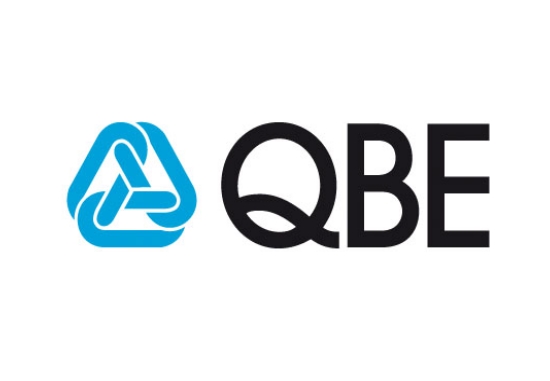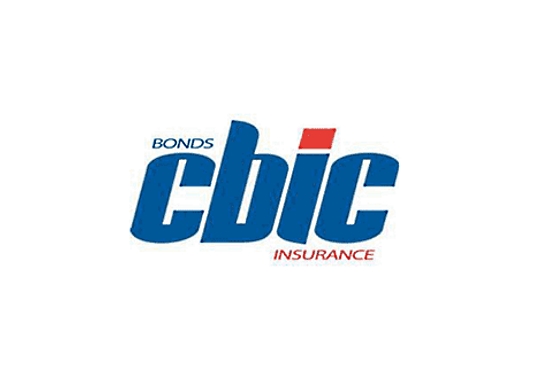Understanding Health Insurance Deductibles: What You Need to Know
We will search the top carriers for you for the best offer.
Understanding Health Insurance Deductibles
Health insurance deductibles can be confusing—but they’re a critical part of how coverage works. Knowing how they impact your out-of-pocket costs helps you choose a plan tailored to your financial and medical needs. Let’s break it down.
What Exactly Is a Deductible?
A deductible is the amount you must pay for covered health services before your insurance starts to chip in. For example, if your deductible is $1,500, you pay the full cost for medical care until you’ve spent that amount in a plan year. Once it’s met, your insurance begins covering expenses according to the policy terms.
Types of Deductibles
Individual: Applies to a single person on the plan.
Family: Covers a household; when one person meets their deductible, the family deductible counts toward full coverage for everyone.
Embedded: Individual deductibles are separate within a family plan—once an individual meets theirs, insurance pays for their medical costs even if the family deductible isn’t fully met.
Aggregate: Family deductible must be met in full before insurance pays for any member.
How Deductibles Affect Your Costs
Lower deductibles = higher premiums: You pay more monthly but less at the doctor.
Higher deductibles = lower premiums: Cost-effective for healthy people who don’t expect frequent care.
Your choice depends on how often you use medical services. Chronic conditions or regular visits often warrant lower deductibles, while minimal care favors higher ones.
Deductibles and Out-of-Pocket Maximums
The out-of-pocket maximum is the most you’ll pay in a year—this includes deductibles, copays, and coinsurance. After reaching this limit, insurance covers 100% of eligible costs. A smart plan has a balance between manageable deductibles and a reasonable out-of-pocket cap.
Exceptions: What Doesn’t Count Toward the Deductible?
Some services may be covered before the deductible:
Preventive care (like annual checkups and immunizations)
Certain screenings (e.g., mammograms, colonoscopies)
Telehealth visits under some plans
These benefits help reduce costs even before you meet the deductible.
Choosing the Right Deductible for You
Assess your health needs: Do you expect frequent doctor visits or medication costs?
Compare premiums: Higher deductible = lower monthly cost—calculate your expected annual expenses both ways.
Account for savings tools: A Health Savings Account (HSA) pairs well with a high-deductible plan, letting you save pre-tax for future costs.
Don’t overlook worst-case scenarios: A sudden injury or illness can wipe out your deductible fast—ensure your out-of-pocket maximum is affordable.
Key Tips to Save Money
Opt for in-network providers—they cost less and may count fully toward your deductible.
Check if your plan offers deductible waivers for specific services like generic drugs or telehealth.
Choose embedded family deductibles for better individual cost control.
Use an HSA to build a buffer for unexpected medical bills.
Final Thoughts
Understanding deductibles empowers you to pick a health plan that balances monthly costs with your actual care needs. The right choice brings financial predictability without sacrificing coverage quality.
Ready to find the optimal deductible and health plan for you?
THAgency will help you compare plans side-by-side, evaluate deductible and out-of-pocket trade-offs, and guide you to a decision that fits both your health and your budget. Get your customized plan now!
Health Insurance Quote

Related Posts
Get a Right Insurance For You
SHARE THIS ARTICLE
We will compare quotes from trusted carriers for you and provide you with the best offer.
Protecting your future with us
Whatever your needs, give us a call, have you been told you can’t insure your risk, been turned down, or simply unhappy with your current insurance? Since 1995 we’ve been providing coverage to our customers, and helping people across United States.












